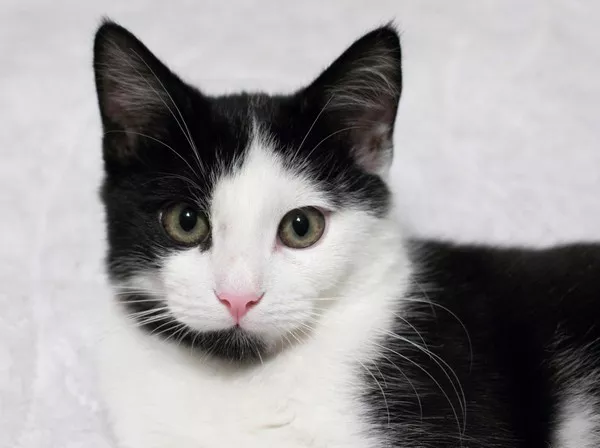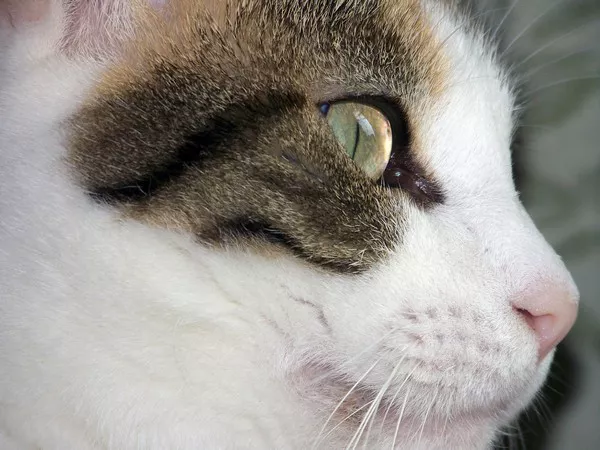Keeping your cat’s nails trimmed is an essential aspect of feline care, promoting their well-being and preventing potential issues like ingrown nails or scratches. However, understanding the right time to cut your cat’s nails is crucial to ensure a stress-free experience for both you and your furry friend. In this comprehensive guide, we’ll delve into the importance of regular nail trimming, factors to consider, step-by-step instructions for a successful nail-cutting session, and the best time to undertake this essential grooming task.
Understanding the Importance of Regular Nail Trimming
Before we discuss the best time to cut your cat’s nails, let’s explore why nail trimming is a vital aspect of cat care:
Preventing Pain and Discomfort:
Overgrown nails can curl into your cat’s paw pads, causing pain and discomfort. Regular trimming prevents this issue.
Avoiding Scratching Issues:
Cats use scratching as a natural behavior, and trimmed nails reduce the risk of scratches that can be problematic for both you and your furniture.
Preventing Injuries:
Cats with long nails are more prone to getting their nails caught in carpets or fabrics, leading to injuries. Trimming prevents such accidents.
Maintaining Healthy Feet:
Regular nail maintenance contributes to the overall health of your cat’s feet, preventing infections and deformities.
Factors to Consider Before Trimming Your Cat’s Nails
Before diving into the best time to cut your cat’s nails, consider the following factors to ensure a safe and stress-free grooming experience:
Get the Right Tools:
Invest in high-quality cat nail clippers or scissors designed for the purpose. This ensures a clean cut without causing discomfort to your cat.
Acclimate Your Cat to the Process:
Gradually introduce your cat to the idea of nail trimming. Start by gently touching their paws and rewarding them with treats to create a positive association.
Choose a Quiet Environment:
Select a quiet and comfortable space for the grooming session. Minimize distractions to help your cat stay calm.
Be Patient:
Approach nail trimming with patience. If your cat shows signs of stress, take breaks during the process to prevent overwhelming them.
Step-by-Step Guide for Successful Cat Nail Trimming
Follow these steps for a successful and stress-free nail-cutting session with your cat:
Gather Your Tools:
Ensure you have the necessary tools, including cat nail clippers or scissors.
Create a Calm Environment:
Choose a quiet and well-lit space for the grooming session. Consider using treats or toys to keep your cat relaxed.
Hold Your Cat Comfortably:
Gently hold your cat on your lap or place them on a stable surface. Use one hand to hold their paw and the other for nail trimming.
Identify the Quick:
The quick is the pink part within the nail that contains blood vessels and nerves. Avoid cutting into the quick to prevent pain and bleeding.
Make Small, Gradual Cuts:
Trim small portions of the nail at a time to minimize the risk of cutting into the quick. Gradual cuts also help your cat get used to the process.
Reward and Comfort:
Offer treats and comforting words throughout the process. Rewarding positive behavior creates a positive association with nail trimming.
Take Breaks If Needed:
If your cat becomes stressed, take breaks between nails or postpone the session to another time.
Check for Signs of Discomfort:
Watch for signs of discomfort, such as vocalization or sudden movements. If your cat shows distress, stop the trimming session.
The Best Time to Cut Your Cat’s Nails
Now that we’ve covered the essentials, let’s explore the best times to trim your cat’s nails:
1. When Your Cat Is Relaxed:
Choose a time when your cat is naturally calm and relaxed. Avoid trimming immediately after play or in the midst of high energy.
2. After Play or Exercise:
Consider trimming your cat’s nails after a play session or exercise when they are likely to be more tired and less resistant.
3. During Grooming Sessions:
Incorporate nail trimming into your regular grooming routine. If your cat is already accustomed to brushing or other grooming activities, they may be more receptive to nail trimming.
4. When Your Cat Is Sleepy:
Take advantage of moments when your cat is sleepy or resting. Approach them gently to avoid startling them awake.
5. After a Meal:
Cats are often more relaxed after a meal. Consider trimming their nails during this post-meal calm period.
6. When Your Cat Is Content:
Choose a time when your cat is content, perhaps purring or kneading. A content cat is more likely to tolerate the grooming process.
7. In Short Sessions:
Instead of attempting to trim all nails at once, consider short sessions, focusing on one or two nails at a time. Gradual trimming is less stressful for your cat.
Remember, every cat is unique, and finding the best time for nail trimming may involve some trial and error. Pay attention to your cat’s behavior and adjust the timing accordingly to make the experience as positive as possible.
See also: How Often Should I Trim My Cat’s Nails?
Conclusion:
Regular nail trimming is an essential aspect of cat care that contributes to their overall health and well-being. By understanding the importance of nail maintenance, considering key factors, following a step-by-step guide, and choosing the best times for cat trimming, you can ensure that your cat’s nails remain healthy, preventing potential issues and fostering a positive grooming experience. Happy trimming!


















